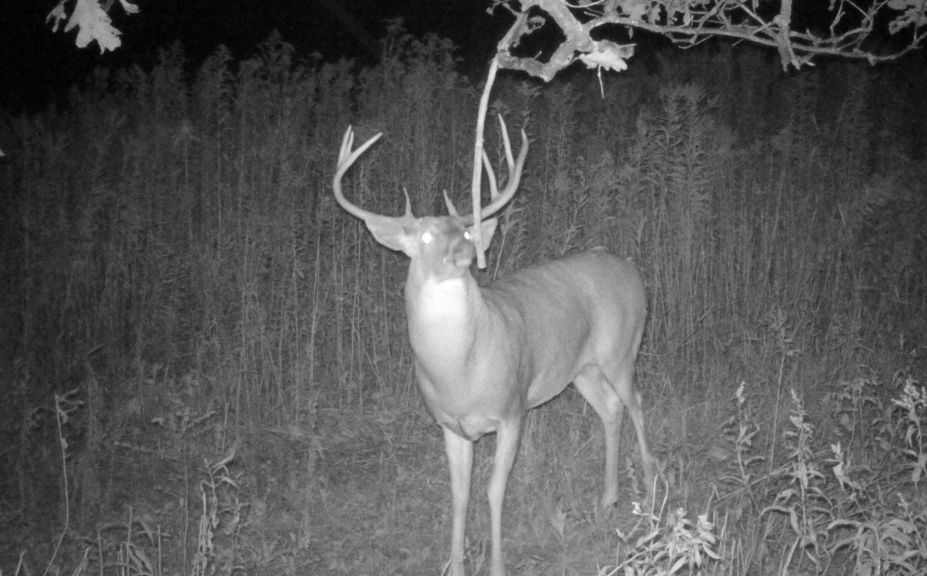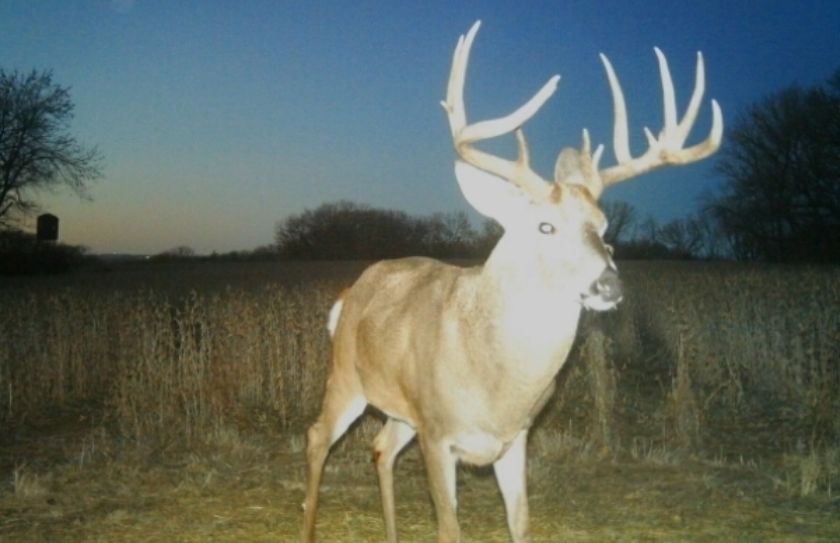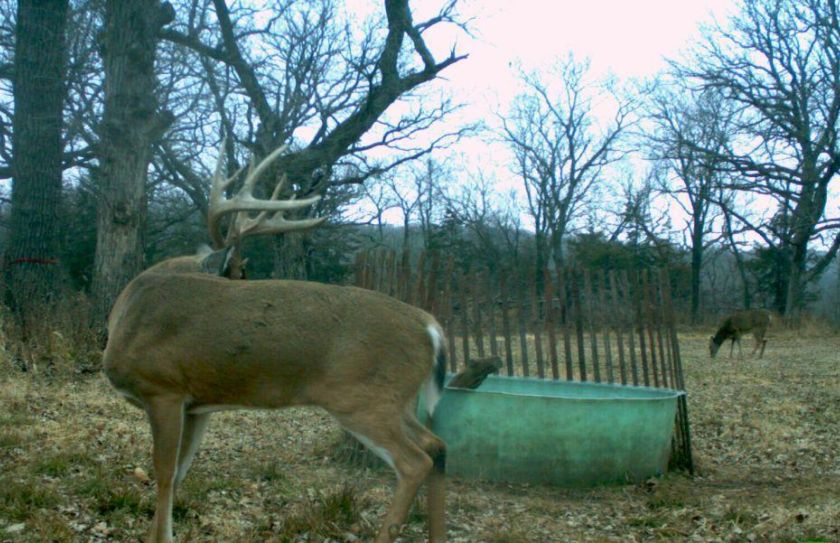How far does a mature buck travel to get to your land? Let's face it, a mature buck is not nocturnal. Instead, he will travel quite a distance -and take a long time to get to your land- under the cover of darkness. I have experienced that you can fairly easily learn where a buck lives, by what time he shows up!
Midnight Buck Travels
Bucks that consistently show up on your land during the middle of the night, rarely live close to your land. Does a buck show up at 2, 3 or 4 in the morning? Then you can typically count on him living a great distance away. In agricultural settings a middle of the night showing, may indicated a distance of a mile away or more, that a particular buck traveled to get to your land. In wilderness, low deer density settings, I have actually known of mature bucks that would make nightly trecks of 2 miles or more, from their preferred daytime core bedding areas.
Just In Time Buck Movements
Is a certain mature buck on your land during or close to shooting hours? Then you can count on his daytime core bedding area located on or very close to your land.
Oh-So-Close Mature Buck Pics
Bucks that show up within 1-2 hours of shooting hourse, are often just a 1/4 mile ro 1/2 mile away from their core, daytime bedding hours. With an aerial photo and a direction of a travel, a mature buck's daytime hangout should be fairly easy to spot, and his preferred habitat fairly easy to discover!

What A Buck's Timing Reveals
When your trail cam finds a mature buck, how far has he traveled from? While the process of unraveling a bucks daily travel route will never be an exact science, I have experienced that you can develop a rough guide. As a buck reveals himself later and later into the night, his pictures often become less frequent. Why? Because the number of possible distractions that he can encounter to travel a great distance, become greater and greater. Other bucks, does, changing food sources, hunting pressure and water sources are just some of the factors that will make a long distance traveler less reliable. However one thing is for sure, if you have a time of the night he shows up and you have a direction that he travels from, it doesn't take much work studying an aerial photo to figure out where he came from. Learning the habitat types and hunting pressure levels a buck travels from, can greatly assist you not only your scouting efforts, but when making plans to mold and shape your whitetail habitat!
Conclusion
Why does distance matter? Because deciphering a mature bucks daytime hangout is critical to your hunting and habitat success. How far a buck travels to reach your land and where he comes from, reveals a lot about the level of hunting pressure that he will tolerate and the variety of Fall habitat that he requires. A mature buck is not nocturnal and once you learn to read his daily travel patterns, you will be ahead of the game when it comes to not only shooting a particular buck, but attracting him to your own land, in the first place.


